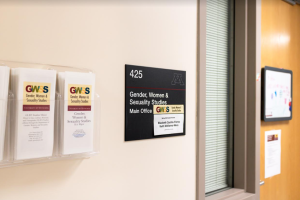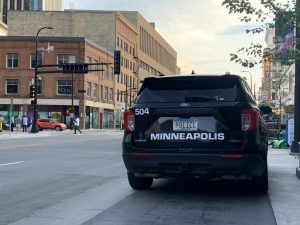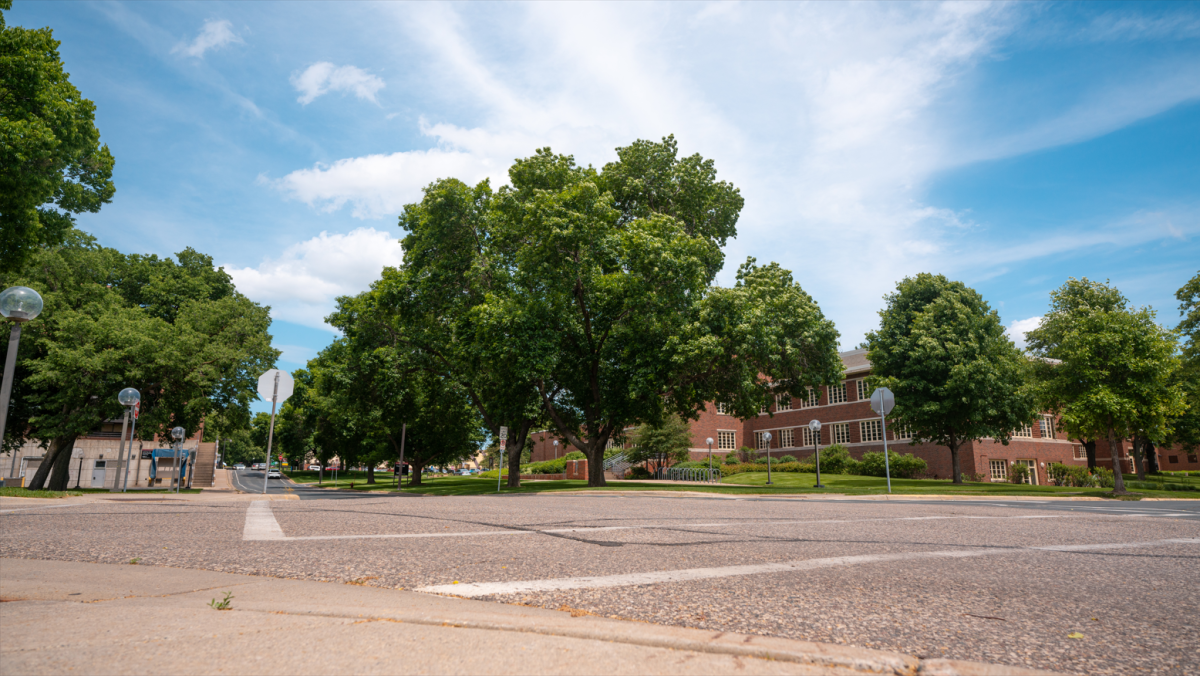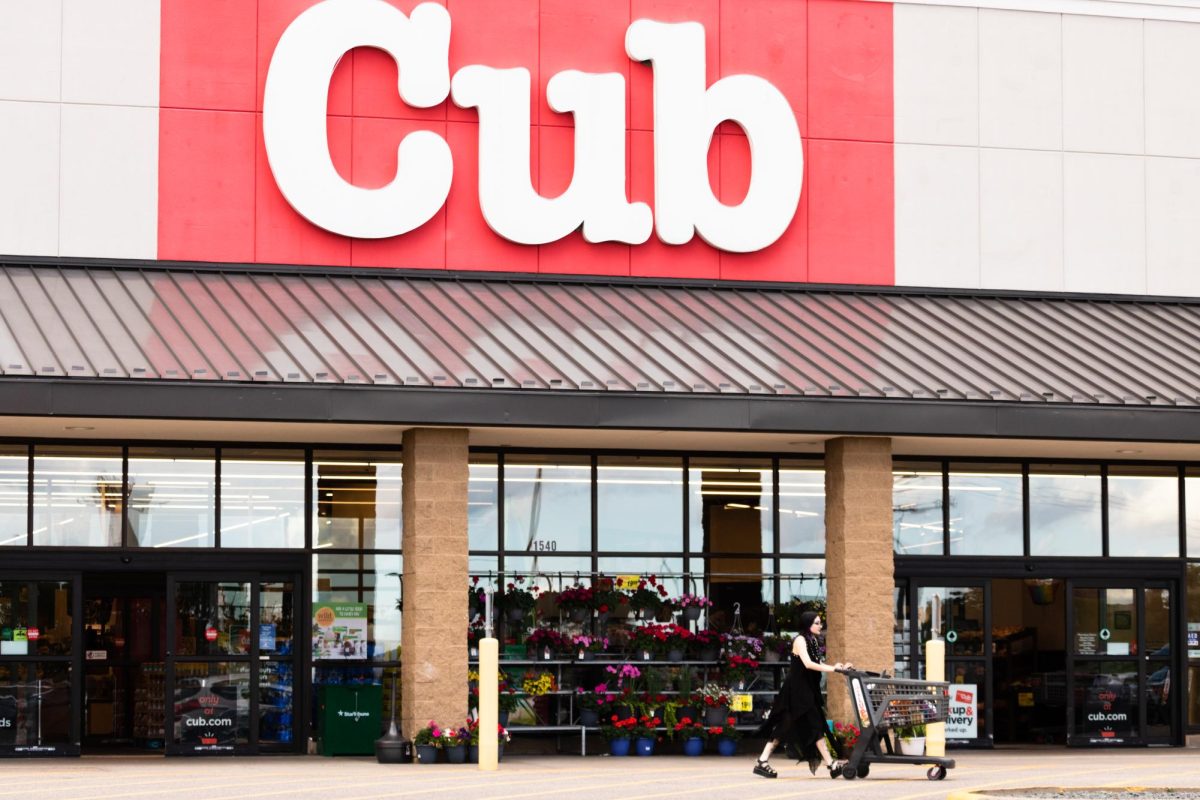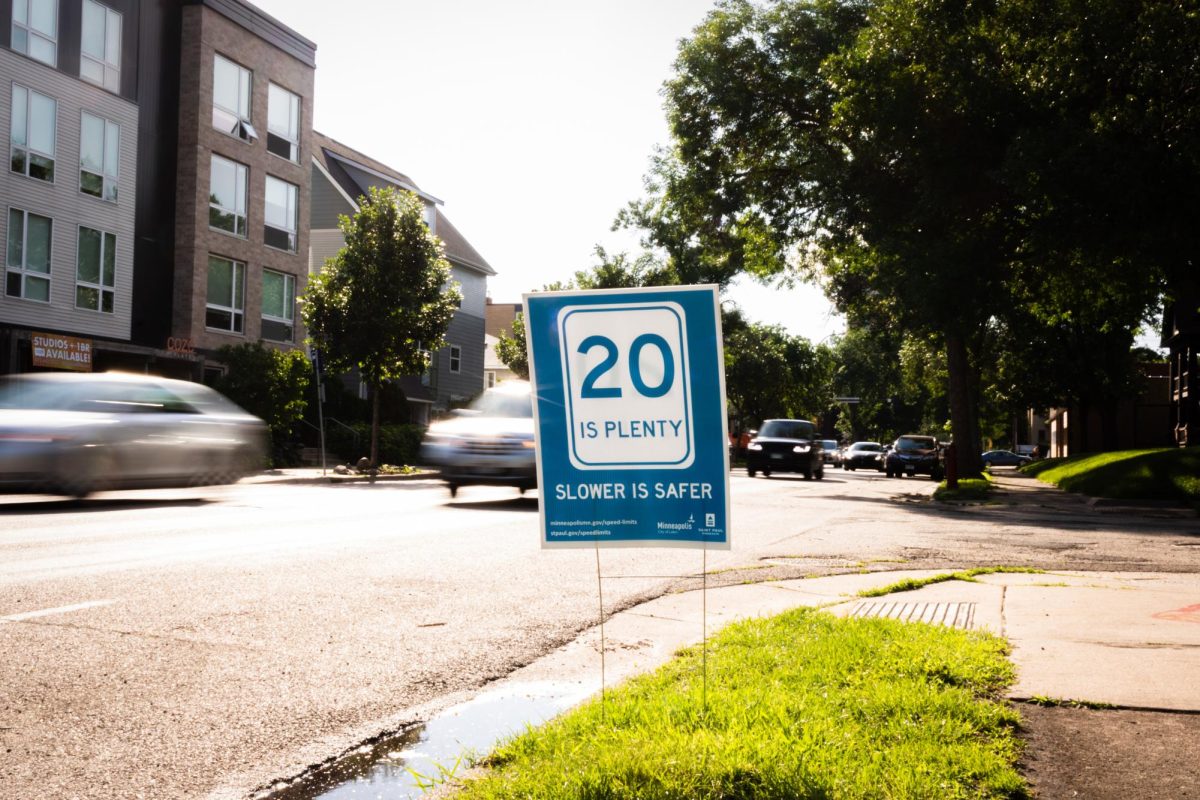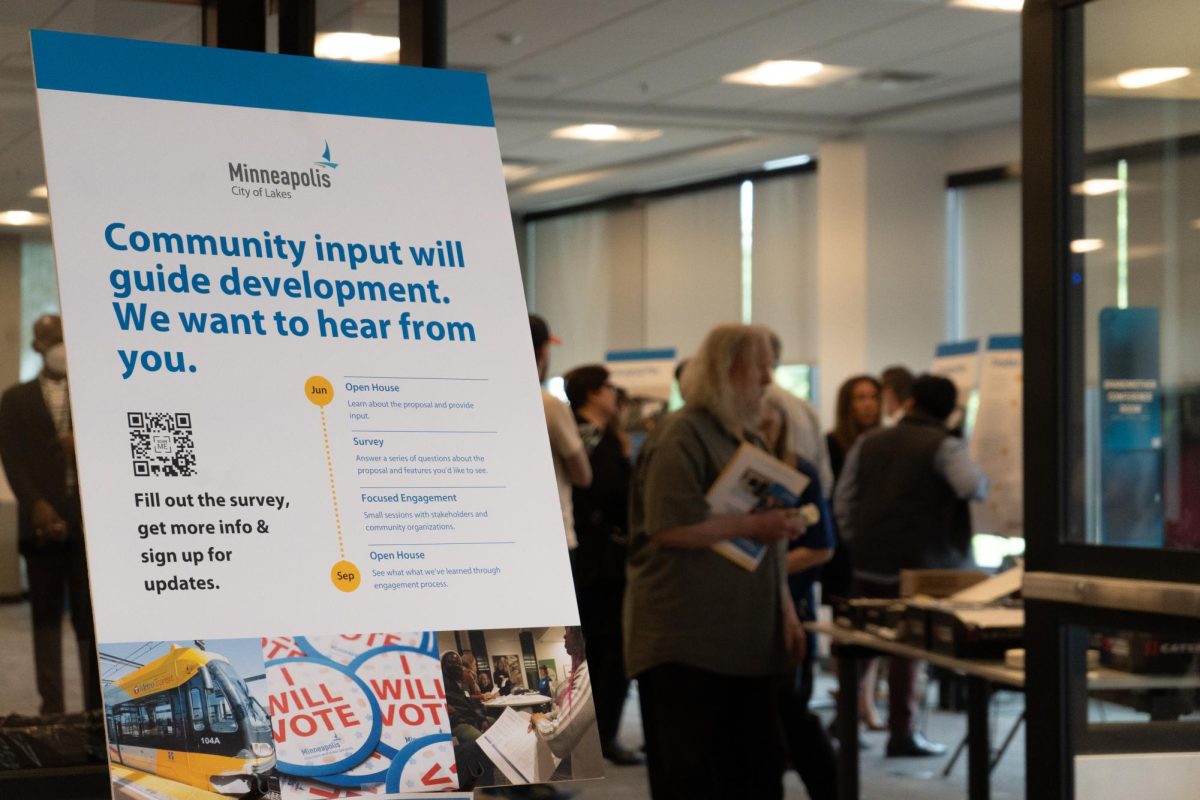As the Twin Cities fight against the infestation of an invasive beetle by removing Ash trees, new varieties of trees are being planted in their place.
Since planting began on April 8, Minneapolis has replanted around 9,600 trees of varying species to protect the city’s biodiversity from future invasive species or diseases, according to Ralph Seivert, director of forestry in Minneapolis.
The invasive insect, known as the Emerald Ash Borer, damages and kills native North American Ash trees by chewing through a tree’s trunk, which disrupts the flow of nutrients through the tree, according to the Minnesota Department of Natural Resources website.
Angela Gupta, an extension professor in forest resources at the University of Minnesota, said the city’s removal of Ash trees is part of its prevention efforts against the spread of Emerald Ash Borers, which can cause damage and kill an Ash tree within six years.
Tree removal is expensive, which is why cities choose to remove Ash trees that are already affected along with others that could be infected later on, Gupta said. Additionally, Ash trees can become hazardous once infested with the beetle.
“Ash trees don’t persist dead on the landscape very long,” Gupta said. “They lose their branches and they fall over.”
According to Seivert, from 2014 to 2022, the city removed and replanted about 5,000 trees each year. These new tree plantings fulfill diversity guidelines and help prevent future invasive insects or plants.
“By having a mix of trees on a (street) block, you have a little more resilience in terms of if another pest comes along,” Seivert said.
According to the Minneapolis Park and Recreation Board, each residential block must have at least two different tree species due to a policy that began after the invasive insect was discovered in Minneapolis in 2010.
The city also tries to plant trees that will withstand climate change, according to Seivert. Some common trees they plant include varieties of Oak, River Birch, Yellowwood, Buckeye, Amur Maackia and Alder.
“As you’re looking at how the climate might be changing, we’re always looking for trees that we can plant that might be pushing the hardiness a little bit,” Seivert said.
Ash trees removed before Nov. 1 will be replanted with different trees in spring 2025, Seivert said. Minneapolis considers its initial Emerald Ash Borer removal and replacement plan finished, however, it still has the money to replace removed trees.
“From the spring of ‘23 on, we are actually increasing the number of trees that get added to our inventory,” Seivert said.
Minneapolis has started planting trees in spots that may have had a tree removed a long time ago that was never replaced, adding to the city’s overall tree canopy, Seivert said.
Twin Cities twin plans
St. Paul Urban Forester Supervisor Rachel Jongeward said St. Paul has a similar plan to Minneapolis and has been replanting a new tree for every Ash tree it has removed for the past 15 years.
“We select species based on the site conditions and overall numbers throughout the city, and are intentionally planting a wide variety of species down to the city block to reduce localized monocultures,” Jongeward said.
Ash trees along blocks that are removed get replaced within one year, Jongeward said. Other trees throughout the city get replaced within five years, but this plan is changing.
“The goal is to reduce the backlog of open planting sites over the next few years and to be on a cycle of replacement within two calendar years of tree removal,” Jongeward said. “Meaning, if a tree is removed in 2026, we would grind the stump in 2027 and replant in 2028.”
Both the St. Paul and Minneapolis plans only impact trees on public property, according to the Minnesota Department of Agriculture. Removal or treatment for Ash trees on private property must be arranged by the property owner.
According to MPR News, tree removal in Minneapolis costs around $1,500.
In 2023, a grant became available for homeowners in Minneapolis to help cover the cost of Ash tree removal. However, there is no program for homeowners who removed or treated Ash trees before the grant became available.
Since 2013, Minneapolis has been able to condemn trees on private land, but not remove them, Seivert said.
Removing Ash trees has allowed Minnesota to plant a wide variety of trees that can have large benefits in the future, according to Gupta.
“We can plant things that are likely to do better for our future climate,” Gupta said. “We can plant things likely to not be invasive, and we can plant things that are likely to be good for the little critters that share the environment with us.”






